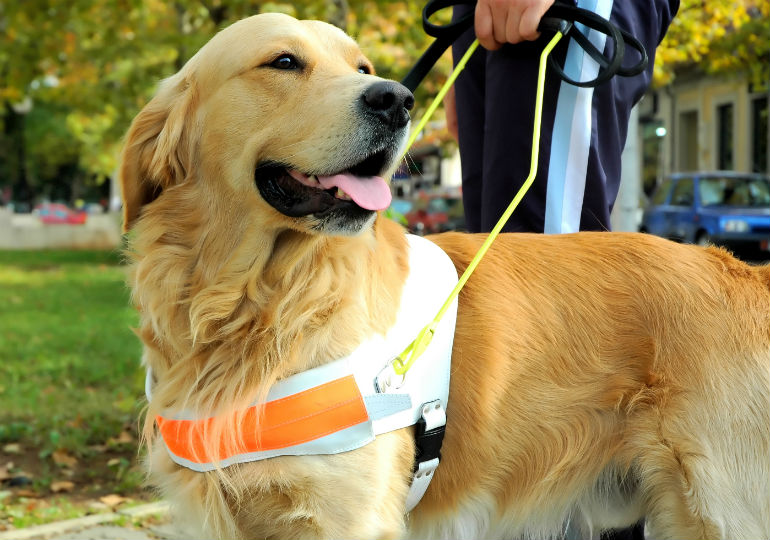Accessing public transport with a vision impairment can be difficult. Here are some strategies to help you travel safely and confidently by bus, train, ferry, tram and other modes of transport.

Accessing public transport with a vision impairment can be difficult. Here are some strategies to help you travel safely and confidently by bus, train, ferry, tram and other modes of transport if you have a vision impairment.
Accessing the timetable
- Get yourself a large print timetable
- Use a mini monocular or magnifier
- Listen for the audio recorded announcement systems on board vehicles and in stations
- Access your local transport authority's website or telephone service, such as: Transport NSW website: www.transportnsw.info or telephone service on 131 500
- There are also smart phone apps such as TripView and TripGo which provide trip planning and live timetables in the palm of your hand.
Locating stations
- Ask a family member or friend to escort you to the station
- Identify landmarks to assist you to orientate yourself and locate the station
- Catch a taxi to the station, ask the driver to drop you at a location you know and will remember
- Get a lift from a friend.
Locating the correct platform
- Ask for directions or assistance
- Use a travel planner or timetabling app for your smart phone, such as TripView to guide you to the correct platform.
Where to wait
- Stand or sit within the allocated safe area, i.e. behind the yellow line and tactile ground surface indicators
- Always wait in the same position for the vehicle (the front end of the vehicle is the safest position).
Identifying the correct bus, train, tram or ferry
- Ask the driver or other commuters
- Look for a sign or number on the vehicle (may use monocular).
Getting on and off the vehicle
- Wait for the vehicle to stop completely
- Locate the entry using vision, hearing or a mobility aid
- Hold onto rails or poles for support
- Carefully judge the gap from the platform or the height of steps visually or with a mobility aid.
Paying the fare
- Use a Vision Impaired Person’s travel pass. See your local transport authority's website for eligibility and application process
- Have your opal/myki card or travel pass ready before embarking.
Finding a seat
- Use the seats reserved for elderly or passengers with a disability
- Ask another commuter if they can see a vacant seat.
Knowing where to get off
- Sit near the driver and ask them to inform you when you get to your stop
- Look for major landmarks
- Count the stops or stations
- Listen to audio announcements
- Stop Announcer (NSW) is a smartphone app designed to assist vision-impaired commuters to navigate their way around public transport. It has a clear, high contrast display and uses GPS to track your device’s location and can alert you audibly as you approach your stop.
Locating the station exit
- Ask staff or fellow passengers for assistance
- Follow the crowd exiting the vehicle
- Look for identifying landmarks.
By far your most helpful hint in all situations is to ask and be prepared.
As with many areas of mobility, practice is very important. Having a practice run with a friend accompanying you will allow you the opportunity to identify the ways, signs and landmarks you require to travel safely and with more confidence.


